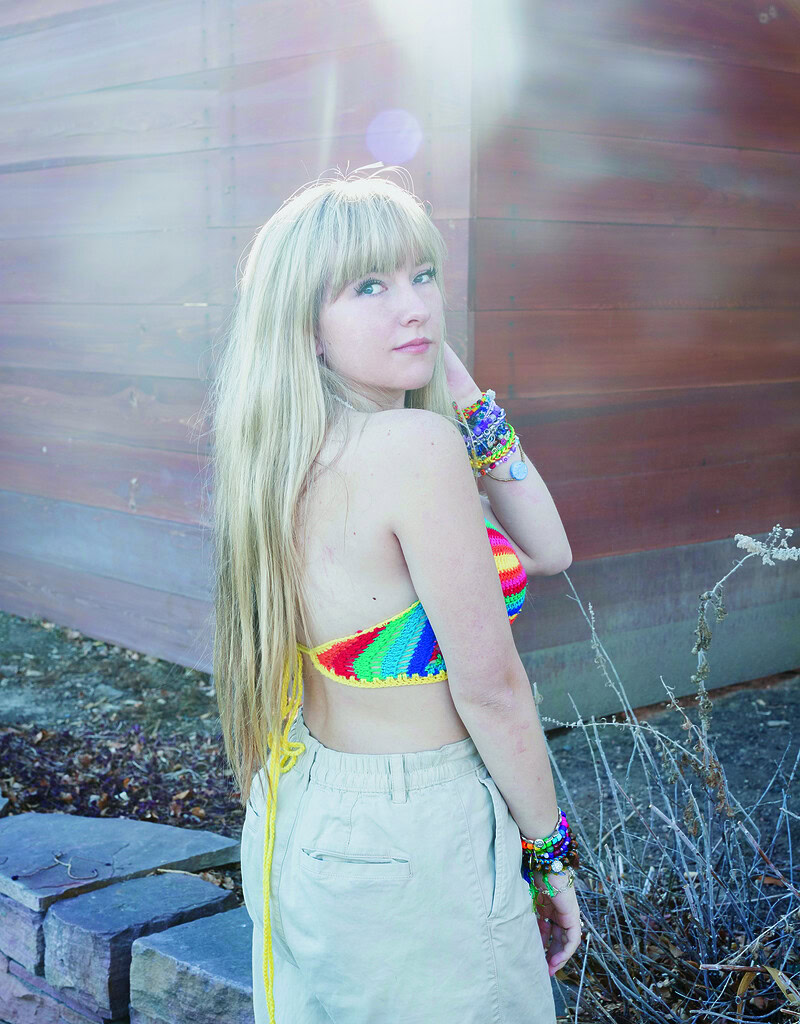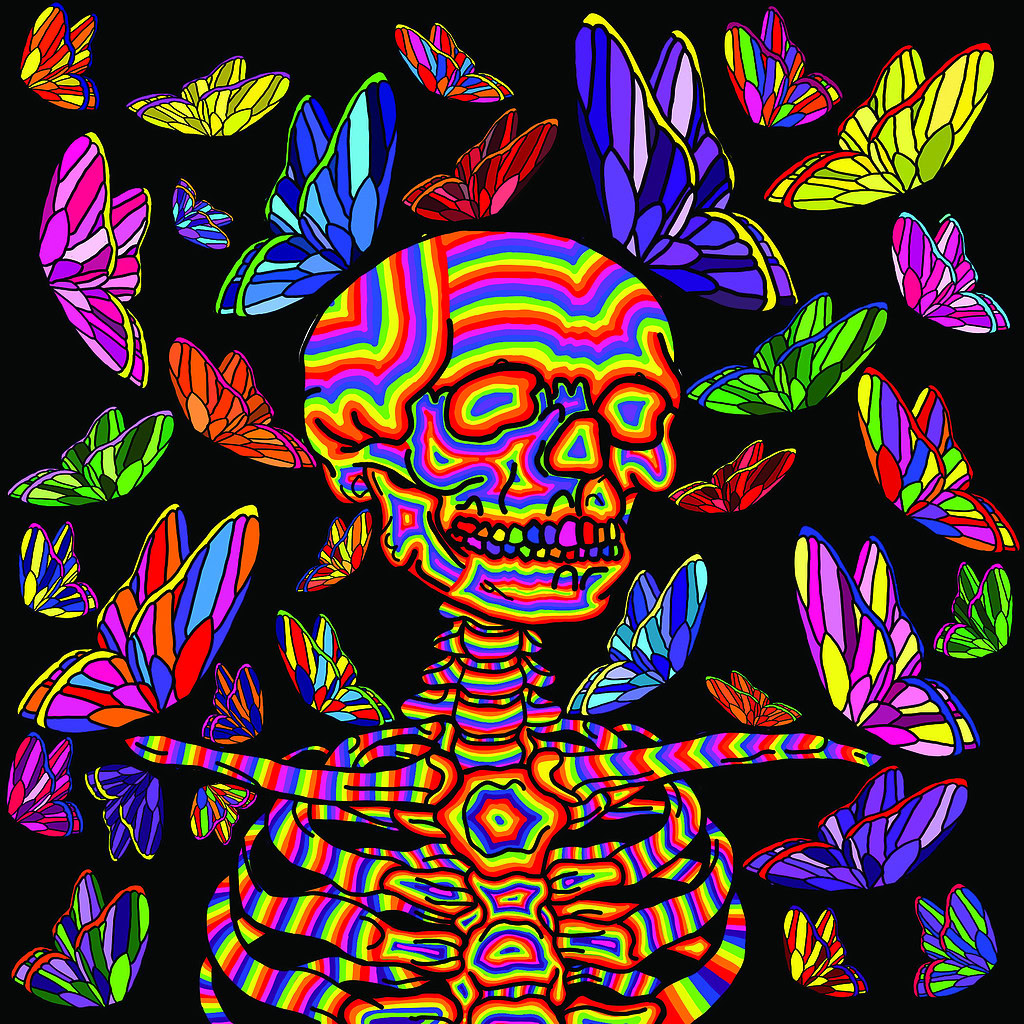
“I see turtles,” says Molly Coghill. Not in real life — although, sometimes, she does — but in the visions brought on by using psychedelic drugs.
“A lot of people have trip animals,” Coghill says. “I see turtles in most of my trips.”
Coghill is a psychedelic artist. She paints what she sees while under the influence of mind-altering drugs, or scenes inspired by those experiences, following the tradition of an art form birthed during the late 1960s counterculture revolution.
The swirling patterns and bright colors — meant to convey drug-fueled hallucinations and elevated states of consciousness — quickly became adopted into the mainstream. Psychedelia was used in advertising campaigns from corporate giants like Campbell’s soup and General Electric. The rave culture of the 1990s saw a renaissance of psychedelic art and further deepened its association with drug use.
Coghill followed a similar path. The music of the ’60s led her to other aspects of the culture: namely, the drugs and art.
“I was really into abstract art,” she says. “But it got boring after a while. A white canvas and a blue line — that’s not exciting to me.” But with psychedelic art, “you can do anything with it.”

Her work contains many elements commonly associated with modern psychedelia: “mushrooms, stars, rainbows, weird curvy buildings or trees, and all these beautiful colors,” she says. “I love throwing rainbows and tie dye into it.”
Drugs help with the other side of Coghill’s creative process: the vivid visions inspire her paintings, and the substance allows her to more clearly render what’s in her mind’s eye.
“Every time I paint on psychedelics, it amplifies my art, makes it more colorful, more cheerful, more true to how I see it,” she says. “I like having my design come out exactly how I picture it. I don’t know the science behind it but, damn, does it work for me.”
Perhaps because of its association with drug use, psychedelia is “not taken seriously” as an art form, Coghill believes — but it should be.
“Salvador Dali was a psychedelic artist,” she argues. (Critics might disagree, but surrealism and psychedelia are related.)
Coghill feels the same way about the drugs that inspire her art.
“I think people should see people that take psychedelics not as drugged-out losers,” she says. “It can get to that point, but not everyone is like that. So many psychedelics have helped people grow, become a better person, help them get past things that have happened or honestly become happier and more mellow.”
Mushrooms — her psychedelic of choice — helped Coghill overcome her fear of the forest at night.

“I was camping in the mountains. Nighttime came and I lit a fire, and I was totally at ease with the forest. Not to sound totally hippie and crazy; it just felt like, ‘You can be out here at night. Nothing is going to get you.’ The earth was there for me, the trees and the winds and the ground had me. It totally got rid of my anxiety. I was able to hang out and look at stars and see beautiful things I normally wouldn’t” — scenes that later showed up in her paintings.
Her biggest commission to date was a mural for the City of Boulder (that’s how BW found her, on the city’s website), but she routinely sells prints and custom-painted skateboard decks. Her current dream project is to design a pro model deck for 303 Boards, a Denver-Boulder skate shop.
Although Coghill calls the psychedelic art scene “competitive” and “very hard to get into” as an artist, she says psychedelia-focused art events are her favorite to attend.
“It’s just a bunch of love and good vibes,” she says. “Hugs and drugs.”
Explore Molly's art on Instagram: @birdsin.art. Read more On Drugs from Boulder Weekly
